You’re in the middle of nature, enjoying the tranquility of an off-grid adventure. You have left behind the hustle and bustle of the city, but not the digital part of your life. Your smartphone, camera, laptop, and other gadgets are your links to civilization and your tools to capture the beauty around you.

But how do you keep them powered when wall sockets are miles away? Enter the LiFePO4 solar generator, also known as a LiFePO4 power station.
A LiFePO4 solar generator is a portable energy solution that relies on a Lithium Iron Phosphate (LiFePO4) battery. Renowned for its high energy density, safety, and longevity, the LiFePO4 power cell enables this power station to store significant amounts of energy in a compact form.
What makes it unique is its compatibility with solar panels, allowing for the conversion and storage of clean, renewable solar energy into usable electricity – making it an ideal companion for outdoor adventures and a sustainable choice for our planet.
How Does a LiFePO4 Solar Generator Work?
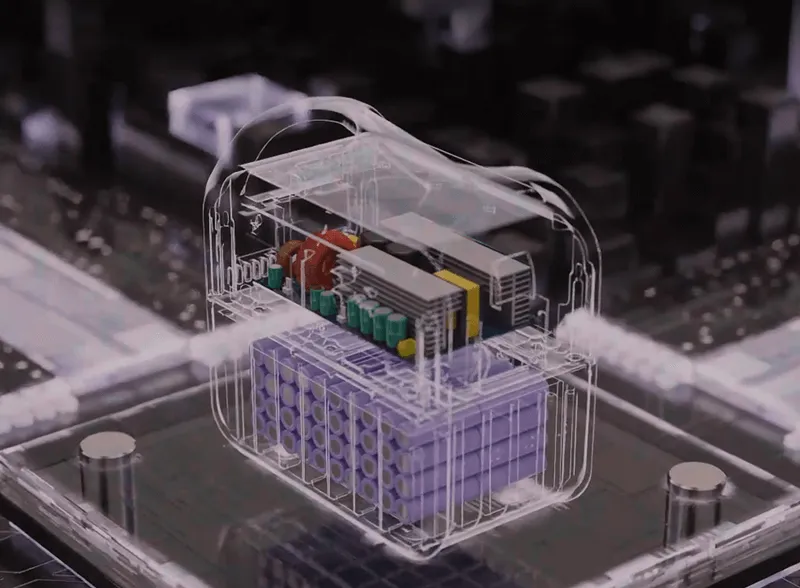
Understanding the functionality of a LiFePO4 solar generator requires diving into its key components, each of which plays a crucial role in its operation:
- LiFePO4 Battery: As the central component, the LiFePO4 battery stores the energy that will be used. Its renowned characteristics of high energy density, longevity, and safety make it ideal for this role.
- Multiple Charging Inputs: This feature allows the system to be versatile in how it is charged. Solar panels absorb sunlight and convert it into electricity, which then flows to the battery. Alternatively, the battery can be charged via an AC outlet from the grid or a car charger, depending on what is available.
- Charge Controller: Once the energy reaches the system, the charge controller comes into play. It ensures safe and efficient charging of the battery, managing the energy flow and preventing overcharging or undercharging.
- Inverter: When energy is needed, the inverter transforms the stored DC electricity from the battery into AC electricity. Most devices and appliances use AC power, so this conversion is necessary for the energy to be usable.
- AC/DC Outputs: The transformed AC and the original DC power are then delivered through these outputs to run or charge various devices and appliances.
Why Choose a LiFePO4 Power Station Over a Lithium-ion Power Station?
When considering a power station, the choice between LiFePO4 and lithium-ion may seem challenging. Both options have their strengths, but the advantages of LiFePO4 units make them a compelling choice. Let’s delve into the differences that make LiFePO4 power stations stand out:
- Material Composition: The core difference lies in their cathode materials. LiFePO4 batteries utilize Lithium Iron Phosphate, which does not contain any heavy metals like cobalt. This leads to lower raw material costs and eliminates supply constraints associated with the less abundant resources required for lithium-ion batteries.
- Energy Density: Though lithium-ion batteries typically have a higher energy density (140wh/kg to 180wh/kg), LiFePO4 batteries are not far behind. Advanced LiFePO4 batteries, like blade batteries, can achieve an energy density of 120W/kg to 140W/kg.
- Temperature Resistance: LiFePO4 batteries demonstrate superior high-temperature resistance compared to lithium-ion batteries. This means that they are less likely to suffer from capacity degradation in high-temperature environments. Conversely, lithium-ion batteries tend to perform better in low-temperature conditions, maintaining about 70%-80% of their capacity at -20℃, compared to only about 50%-60% for LiFePO4 batteries.
- Lifespan: LiFePO4 batteries substantially outlast lithium-ion batteries. While a lithium-ion battery may retain 60% of its capacity after around 1000 cycles, a LiFePO4 battery can maintain 95% of its capacity after 2000 cycles and can theoretically reach over 3000 cycles.
- Cost: Due to the lack of precious metals in their composition, LiFePO4 batteries are less expensive to produce than lithium-ion batteries. They typically cost about 0.5 to 0.7 times the price of lithium-ion batteries, making them a cost-effective choice.
LiFePO4 power stations, while having slightly lower energy density and not performing as well in low temperatures, outshine lithium-ion power stations in terms of material sustainability, high-temperature performance, lifespan, and cost-effectiveness. This makes them a more advantageous option, especially for long-term and environmentally-conscious use.
Where Can LiFePO4 Power Stations Be Used?
LiFePO4 power stations are highly versatile, suitable for outdoor activities, emergency preparedness, powering home appliances and tools, renewable energy storage, entertainment purposes, and for RV or van life. They provide a reliable, safe, and long-lasting power solution for a broad range of applications.
- Outdoor Activities: They’re perfect companions for camping, hiking, or fishing trips, providing power for a range of outdoor necessities.
- Emergency Preparedness: These power stations are lifesavers during power outages, powering essential devices and appliances.
- Home Use: From running home appliances to powering DIY projects, they provide a reliable power source.
- Entertainment: They can power your backyard parties or beach outings, keeping the music playing and devices charged.
- RV/Van Life: A perfect fit for those living on the road, powering everything from lights to air conditioning.



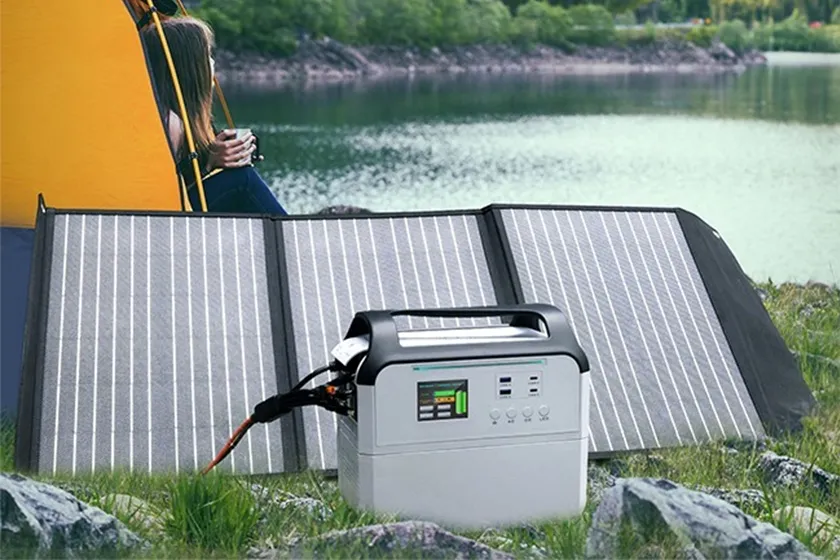
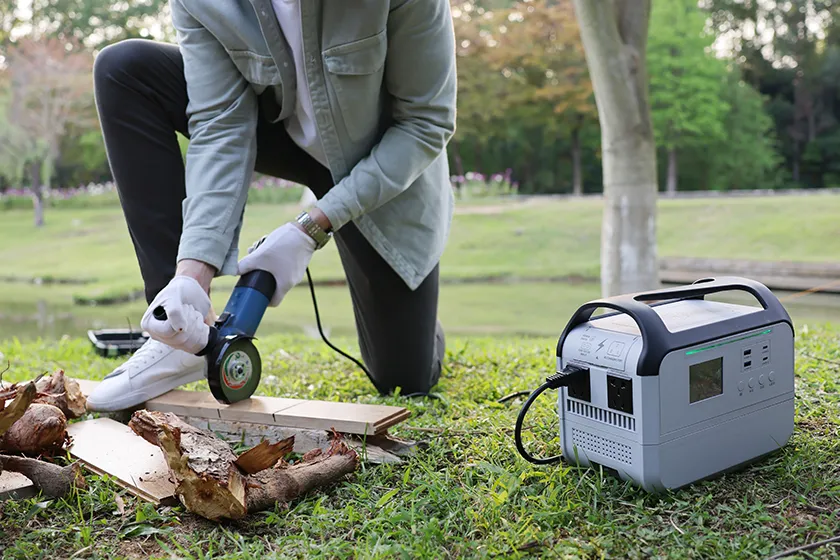

How to Maintain a LiFePO4 Solar Generator?
Proper maintenance of a LiFePO4 solar generator is essential to prolong its lifespan and ensure its effective operation. Here are some key steps to follow:
- Regular Charging: Keep the battery active by charging and using the generator regularly.
- Temperature Care: Avoid extremely high or low temperatures for optimum performance.
- Proper Storage: Store it half-charged in a cool, dry place when not in use for extended periods.
- Cleanliness: Keep the generator clean for efficiency, using a soft, dry cloth.
- Performance Check: Regularly monitor the generator’s performance and contact professionals if you notice any issues.
Following these steps ensures your LiFePO4 solar generator stays efficient and lasts longer.
5 Best LiFePO4 Portable Power Station Recommendations
Selecting an ideal LiFePO4 portable power station might seem daunting given the variety of options out there. The key is to consider power capacity, portability, features, and cost. In this section, we’ll suggest top-rated LiFePO4 power stations known for superior performance and design. Whether you’re a fan of the outdoors, a professional needing reliable power, or simply want a dependable backup, our picks cater to diverse needs. Let’s find your perfect power solution.
1. Anker Solar Generator 555
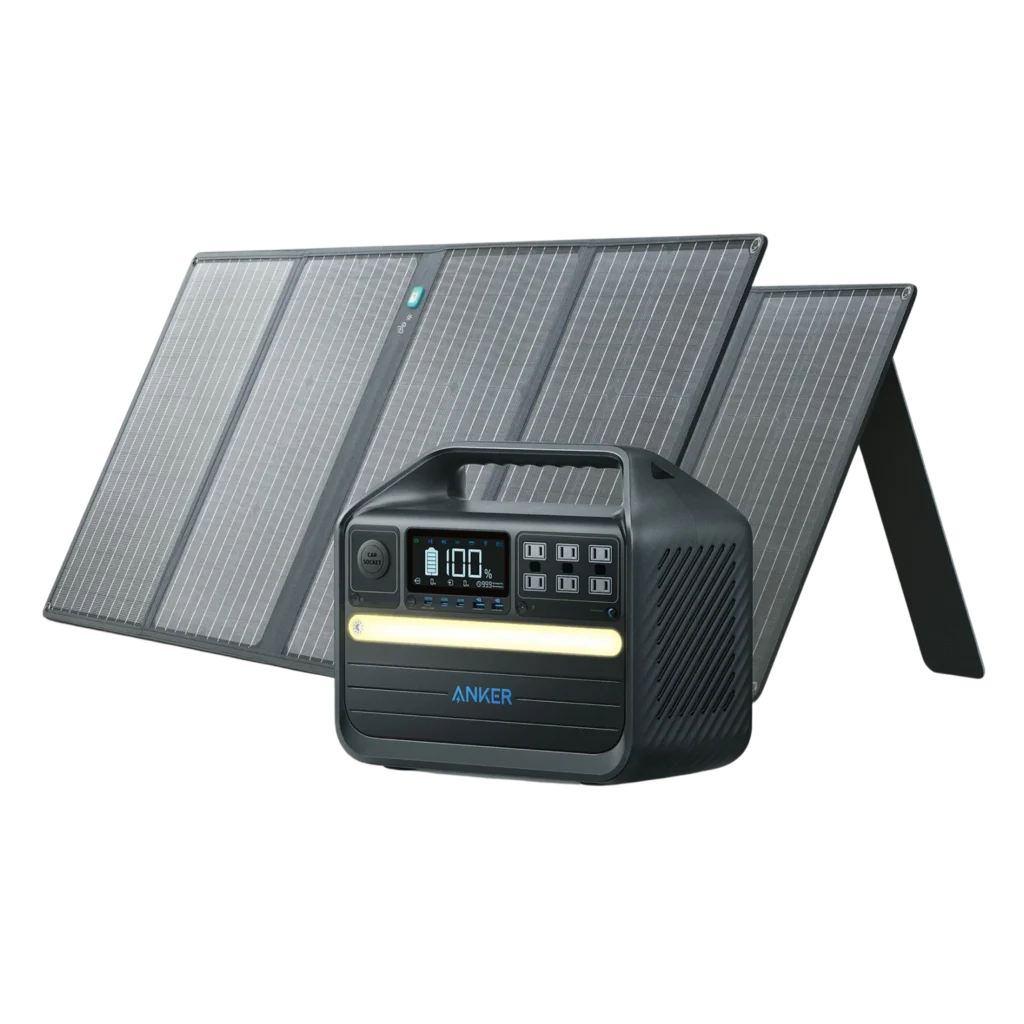
| Battery Capacity: | 1024Wh |
| AC Output: | 110V~ 9.09A, 50Hz/60Hz, 1000W |
| Recharge Time: | 4.5 Hours with AC Adapter |
| Solar Input | 200W |
| Weight: | 29.8 lb/ 9kg |
| Dimensions: | 13.78 x 7.4 x 11.61 in |
2. EcoFlow RIVER 2 Pro
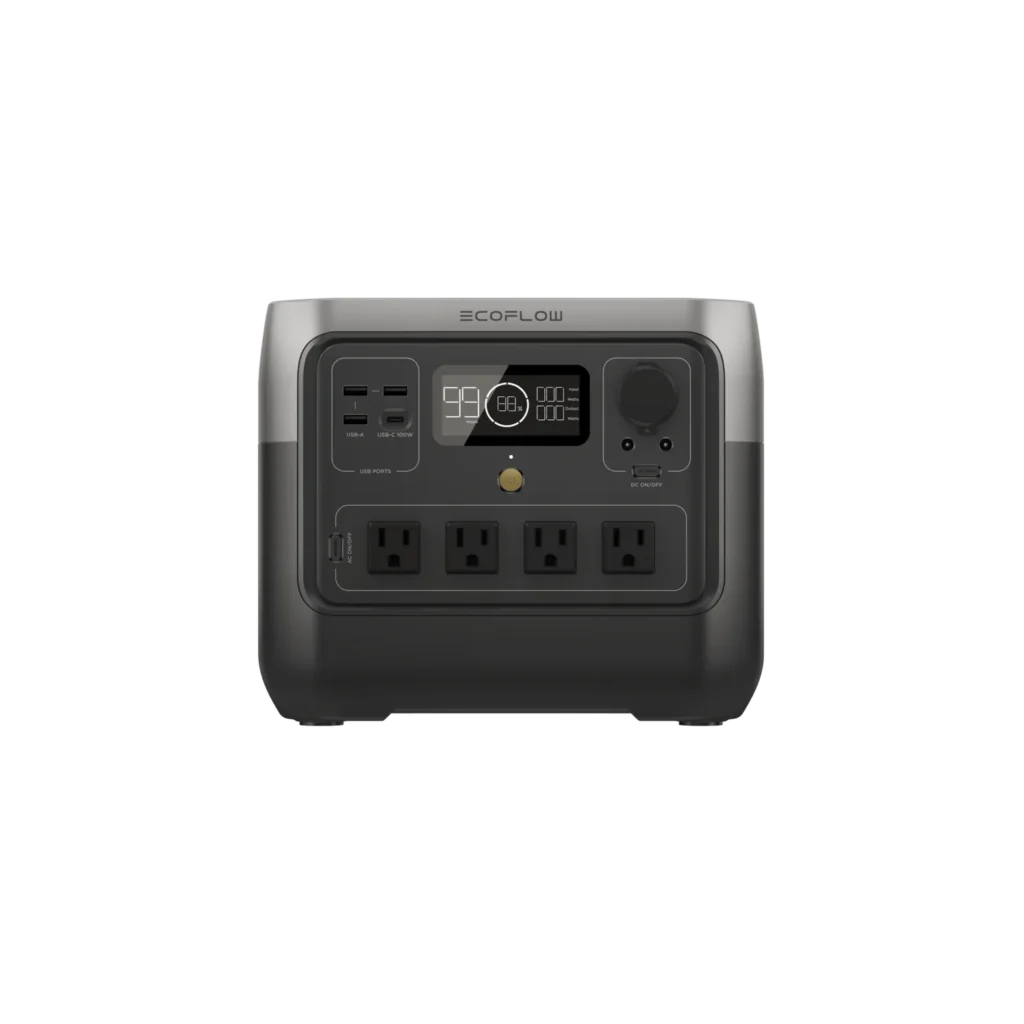
| Battery Capacity: | 768Wh |
| AC Output: | 800W total (surge 1600W), 120V ~ 50Hz/60Hz |
| Recharge Time: | 3.5 Hours with AC Adapter |
| Solar Input | 220W Max |
| Weight: | 17.2lbs |
| Dimensions: | 270 x 260 x 226mm |
3. Growatt INFINITY 1300
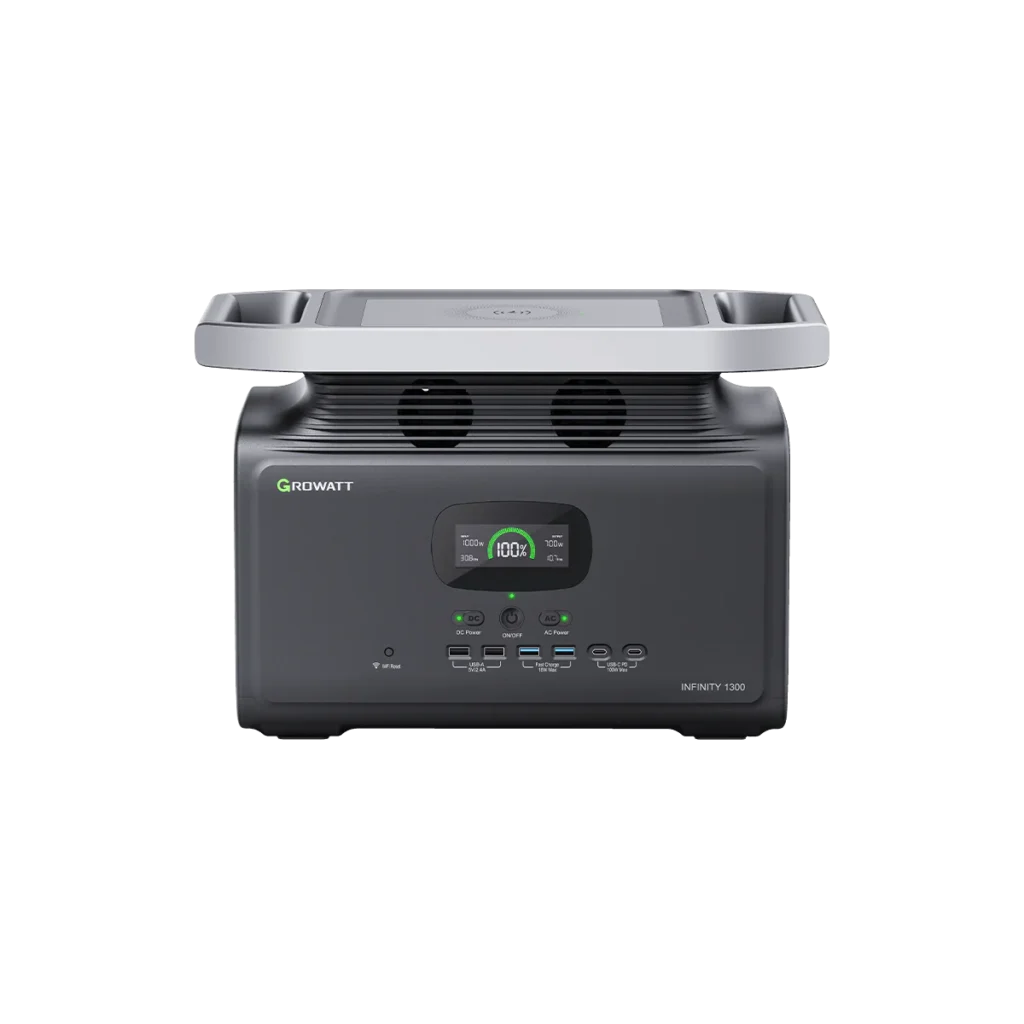
| Battery Capacity: | 1382Wh |
| AC Output: | 800W total (surge 1600W), 120V ~ 50Hz/60Hz |
| Recharge Time: | 1.5 Hours with AC Adapter |
| Solar Input | 800W Max |
| Weight: | 42.32lbs (19.2kg) |
| Dimensions: | 16.5 x 9.1 x 11.3in |
4. Jackery Solar Generator 2000 Plus
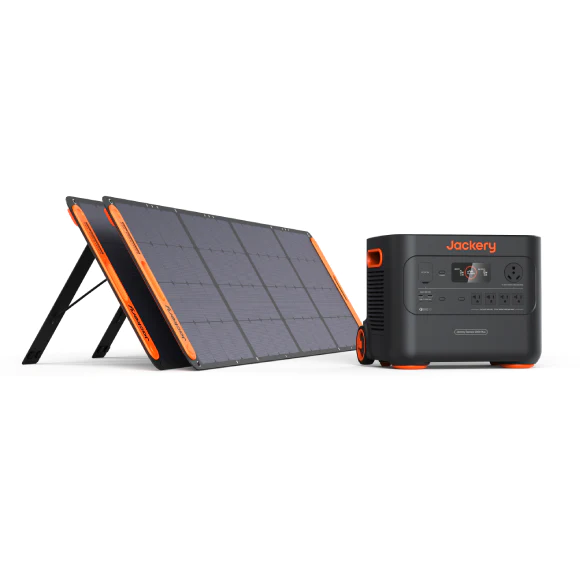
| Battery Capacity: | 2042.8Wh |
| AC Output: | AC Output(×4):120V~ 60Hz, 20A Max, AC Output(×1):120V~ 60Hz, 25A Max, AC Total Output,3000W Max, 6000W surge peak |
| Recharge Time: | 2 Hours with AC Adapter |
| Solar Input | 200W |
| Weight: | 61.5 lbs/ 27.9 kg |
| Dimensions: | 14.7 x 18.6 x 14.1in |
5. Maxdear 1000W

| Battery Capacity: | 806.4Wh |
| AC Output: | AC Output (X2): 110-230V, 50~60Hz |
| Recharge Time: | 1.8 Hours with AC Adapter |
| Solar Input | 300W Max |
| Weight: | 11kg |
| Dimensions: | 314×183×309mm |
Conclusion
In conclusion, a LiFePO4 solar generator or power station delivers a versatile, efficient, and eco-friendly power solution to cater to a myriad of energy needs.
Be it outdoor adventures, emergency situations, home use, or as an energy storage for renewable resources, these power stations provide significant benefits. They are powered by LiFePO4 batteries known for their high energy density, exceptional temperature resistance, remarkable lifespan, and cost-effectiveness.
Ultimately, investing in a LiFePO4 power station is more than just securing a reliable power source. It signifies the embracing of a future powered by sustainable energy, contributing to a healthier planet, and the freedom to be energy independent, wherever your journey takes you.
Investing in a portable power station is a smart move, providing you with reliable power wherever you need it. At Maxdear, we’re dedicated manufacturers of these power stations, ready to cater to your specific needs. Whether you’re looking for a solution for outdoor adventures, work requirements, or simply as a backup power source, we’ve got you covered. Don’t hesitate to reach out to us – your perfect power solution is just a message away with Maxdear.
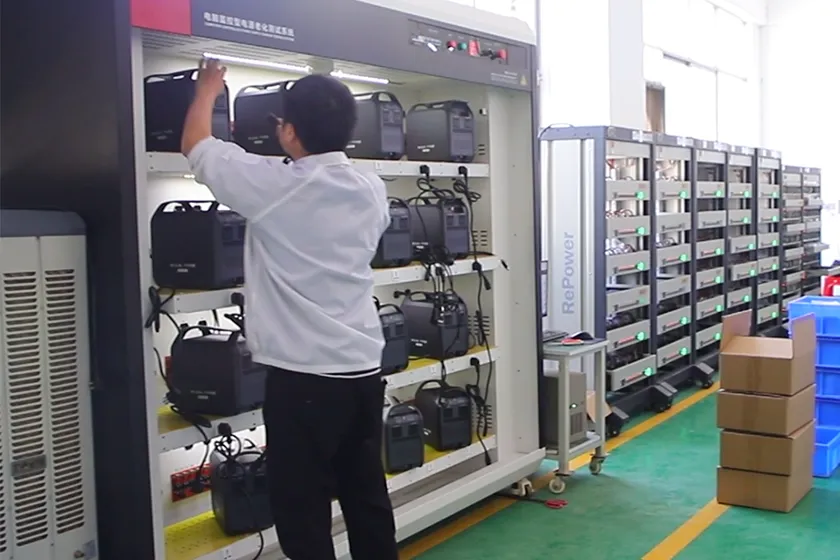
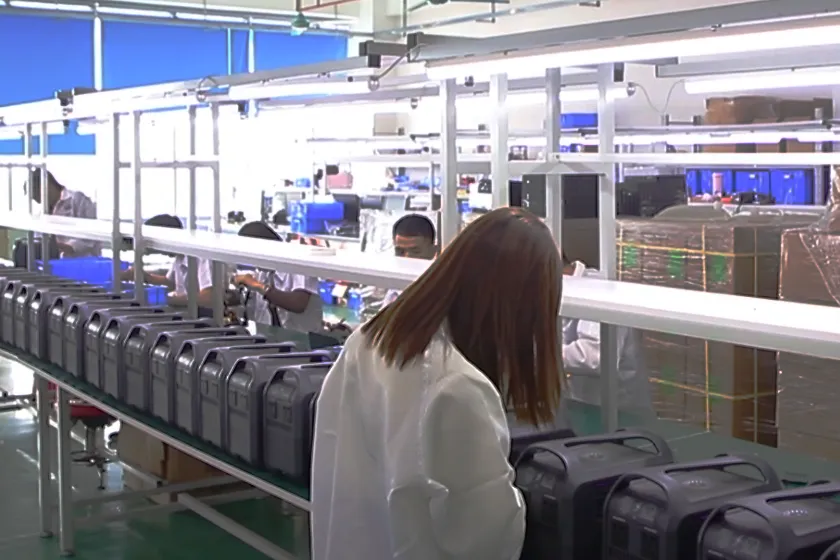
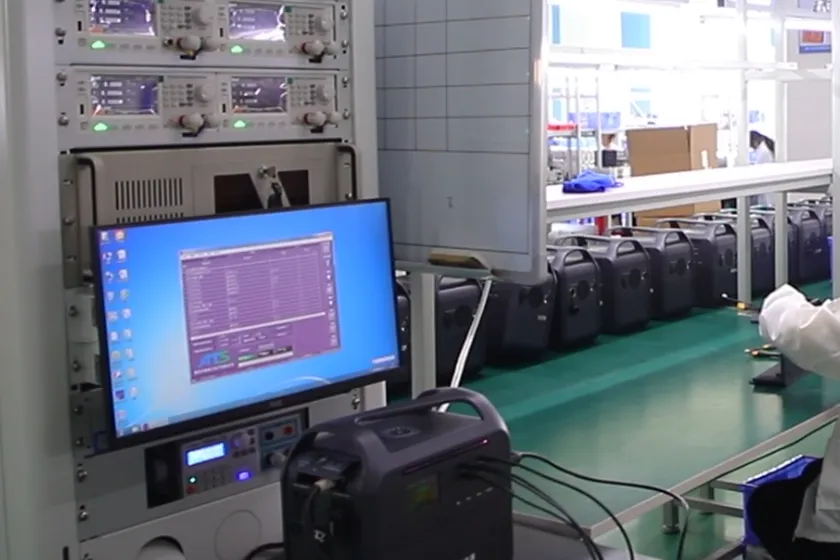
Related Reading: Safety Standards: Lithium Batteries in Portable Power Stations
Frequently Asked Questions
What Makes LiFePO4 Solar Generators So Good?
LiFePO4 solar generators combine the high energy density, exceptional temperature resistance, and remarkable lifespan of LiFePO4 batteries with the eco-friendliness of solar power. They are designed for longevity and can operate effectively under a wide range of conditions, making them an excellent choice for various applications including outdoor activities, emergency preparedness, home use, and as an energy storage solution for renewable energy.
Is LiFePO4 Suitable for Solar Energy?
Absolutely! LiFePO4 batteries are a perfect fit for solar energy applications. Their high energy density and temperature resistance allow them to store significant amounts of solar power and discharge it efficiently. Plus, their long lifespan ensures that your solar energy system will be powering your needs for many years to come.
How Long Do LiFePO4 Solar Generators Last On Average?
The lifespan of a LiFePO4 solar generator largely depends on usage patterns and maintenance, but on average, LiFePO4 batteries can last for up to 3000-5000 cycles, maintaining 80% of their capacity even after 2000 cycles. This equates to roughly 8-10 years of use if cycled daily.
Is it possible to use my LiFePO4 solar generator off-grid?
Yes, LiFePO4 solar generators are an ideal solution for off-grid applications. They are portable, easy to operate, and their compatibility with solar panels allows them to recharge even in remote locations, making them perfect for off-grid living, camping, hiking, and other outdoor adventures.

